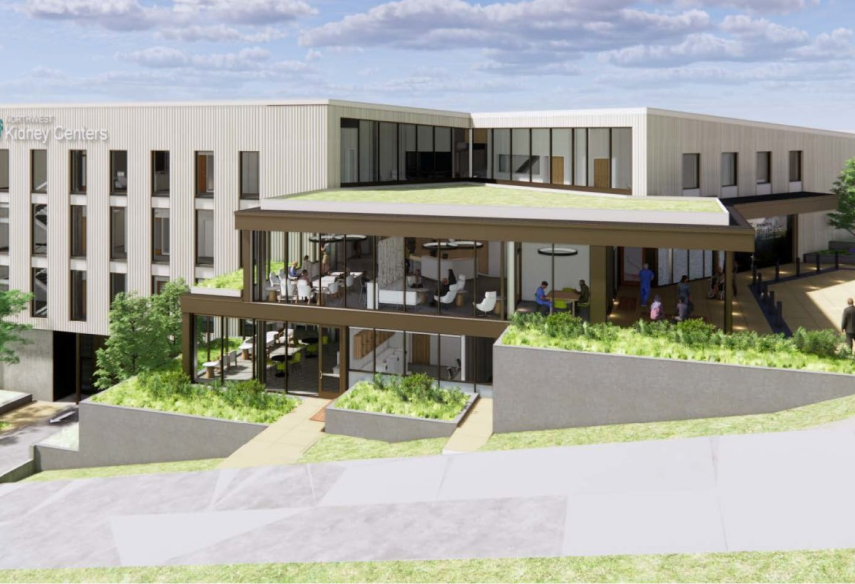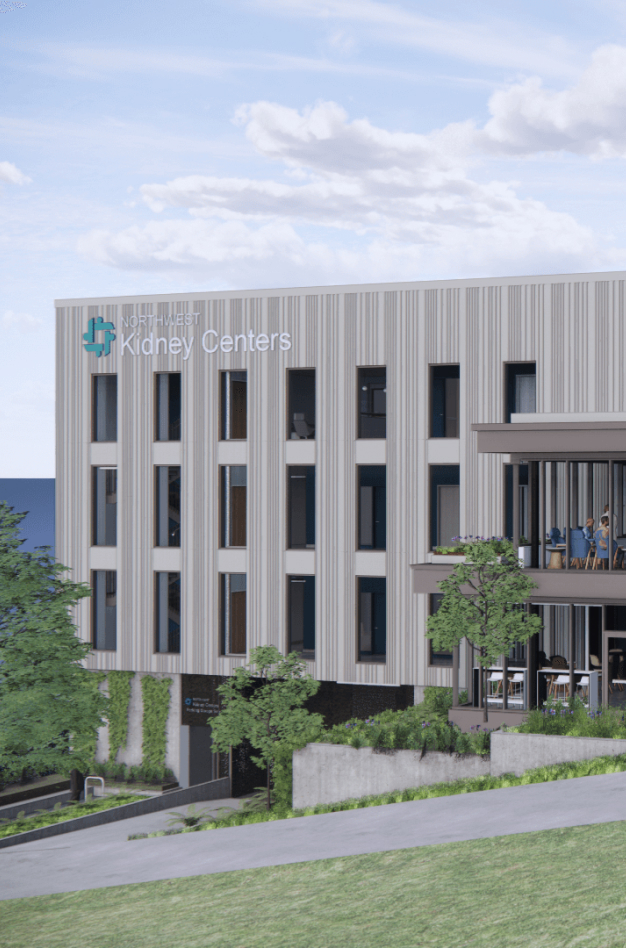Are You Looking For Support with BIM Coordination?
We’re Here to Help Bring Clarity and Efficiency to Your Projects
In the world of construction, effective coordination is critical. Yet, for many project managers, construction managers, and engineers, managing the BIM coordination process can feel overwhelming and disjointed. You’re juggling multiple teams, trying to keep everyone aligned, and battling inefficiencies that waste time and resources. At BIM Synergistics, we understand these challenges, and we’re here to offer a solution that brings clarity, control, and confidence to your projects.


What Is BIM Coordination Management?

Advanced technology integration

Effective team collaboration

Best practice implementation

Conflict prevention and resolution
You May Have Experienced the Following:

Inefficient BIM Coordination Process or Experience
At BIM Synergistics, we bring our years of experience in running efficient coordination for all project stakeholders. Our IPC process ensures that every stakeholder is aligned, working from the same information, and contributing to a more streamlined and successful project outcome.

Inexperience in Leading the BIM Coordination Process
Our leadership has over 15 years of experience in BIM Coordination and Construction Management, guiding your team through the process with confidence. We provide the expertise needed to manage the coordination process smoothly and effectively.

Lack of Control When Subcontracting BIM Coordination to MEP Contractors
At BIM Synergistics, we act as an extension of your team, providing leadership and consulting to help you regain control. With our hands-on approach, you can ensure that the BIM coordination aligns with your overall project goals and standards.
Our Solution: Integrated Project Coordination (IPC)
Our IPC approach is designed to bring all project stakeholders onto one platform, ensuring seamless collaboration and communication. This process not only reduces the risk of errors and conflicts but also enhances the overall project experience for everyone involved. With BIM Synergistics, you gain a trusted partner who prioritizes people, technology, and construction excellence.
Coordination Management
Clientele We’ve Worked With

01.
General Contractors

02.
MEP Contractors

03.
Architectural Firms

04.
Owners & Developers
Get in Touch
BIM Synergistics
At BIM Synergistics our services are designed to bring together people and technology in a manner that not only enhances the construction process but also fosters effective collaboration and resolves conflicts before they escalate. By focusing on these critical areas, we ensure that construction managers, project managers, and other leaders in the field can achieve outstanding results with every project.
